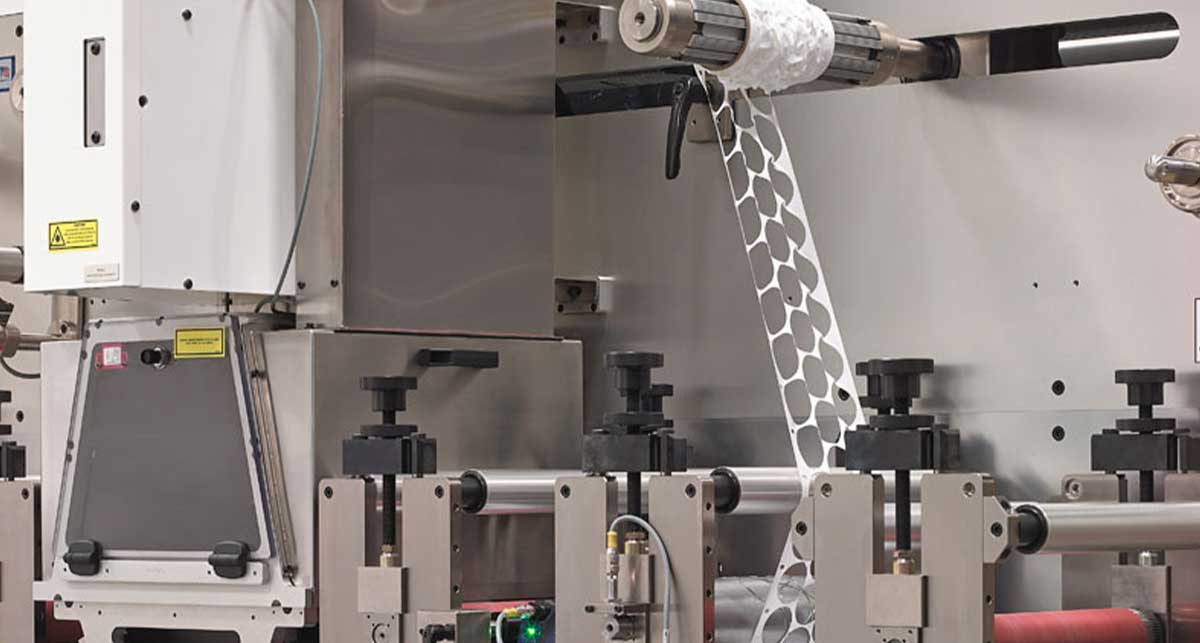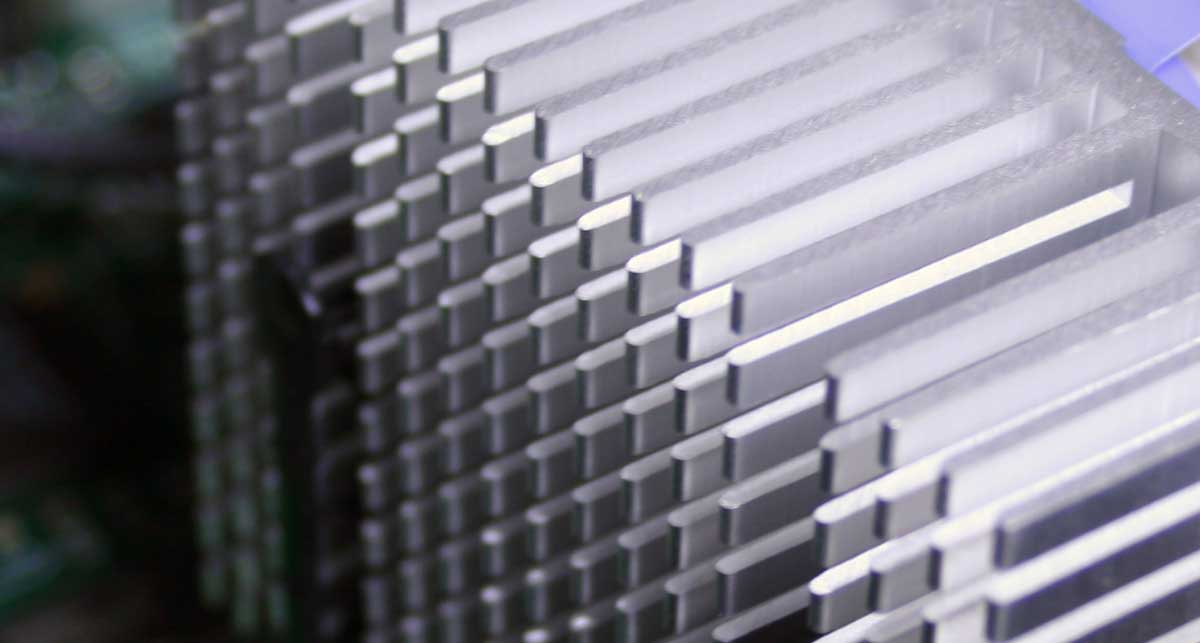Have you ever experienced the pain of peeling off a band-aid that did NOT want to unstick? Or maybe your bandage fell off way too soon, leaving your wound exposed to the surrounding environment.
Choosing the right adhesive material is one of the most challenging parts of the product converting process. With skin adhesive silicone and acrylic, you’ll probably be left wondering, what factors should I consider? or how will they affect my project?
As a converter that’s worked with a range of medical devices and stick-to-skin adhesives, Strouse often finds ourselves explaining the differences between them.
Today, we’re going to help you learn when you should pick skin adhesive silicone or skin adhesive acrylic.
Silicone vs. Acrylic Adhesive
Before you can fully understand the difference between these adhesives, it’s crucial to account for the factors that will determine your final choice.
For instance, using the right amount of strength is crucial to skin adhesives: Too weak, and it’ll fall off, but too strong, and the skin will come with it! You’ll also want to consider the adhesive’s intended wear time. Re-dressing a wound too often can lead to infection since the wound is exposed to more contaminants, but certain adhesives take longer to bond, which could be detrimental in a fast-paced clinical setting.
Now, we’ll look at both materials and their advantages and disadvantages before you make your final pick.
SILICONE
PROS
You’re probably aware of the phrase “ripping off the bandage,” and that’s where silicone tape has acrylic adhesives beat.
Silicone is a gentler adhesive that peels off with a clean removal and doesn’t pull up skin or hair. It’s also flexible and breathable, allowing doctors to check on a wound without needing to replace all the bandages.
However, if you specify a silicone adhesive that has a longer wear time than your intended application, it could cause discomfort for your end users. The same is true in reverse.
CONS
Unfortunately, there are drawbacks to using skin adhesive silicone.
For one thing, it might not be strong enough to support critical tubing.
The other main drawback of skin adhesive silicone is the cost. Skin adhesive silicone is far more expensive than acrylic or rubber. Still, assuming it matches your intended purpose, you might choose silicone despite the cost.
ACRYLIC
PROS
Acrylic is widely used in the medical device manufacturing industry due to its cheaper cost while still maintaining excellent durability.
Skin adhesive acrylic tape is tough, tacky, and fixes each part in the correct spot on a patient’s skin. Its strong adhesive properties allow the acrylic to support heavier tubes and devices for long periods.
Skin adhesive acrylic can be used on top of suturing wounds that reduce infection or scarring and as pressure-sensitive tapes in bandages or disposables.
CONS
Many manufacturers use modified acrylic, which is still cheaper than silicone and gentler than standard acrylic. However, unmodified adhesive acrylic isn’t nearly as forgiving when it comes to skin application.
Acrylic is much tougher than silicone, and its removal can be traumatic for the skin to the point of:
- Irritation
- Skin tearing
- Medical adhesive related skin injuries (MARSI)
Repositioning acrylic can be downright painful, meaning you must be far more careful about its initial application.
Choosing a Skin Adhesive Material
By this point, you’ve read about both types of skin adhesive, but you might be wavering between the two. The simplest answer? It depends on the patients you’re treating and the device’s function.
Silicone is well-suited for delicate jobs like applying adhesive directly onto the wound and is excellent for patients with thinner skin such as cancer patients, children, and the elderly.
However, skin adhesive silicone isn’t always strong enough to carry heavier objects. Ultimately, it might lose stickiness and slide around before falling off completely.
Acrylic has a stronger tack than silicone and can support tubes or medical devices. But on average, modified acrylic requires more time to bond with a surface than silicone. It also tends to be more aggressive than all silicone adhesives.
Lastly, you may realize that converters sometimes use silicone AND acrylic adhesive for wearable medical devices. The silicone attaches to the patient’s skin, while acrylic adhesive holds a medical device in place on the other side.
Where to Find Skin Adhesive Silicone or Acrylic
If you’re simply looking for rolls of adhesive tape, then your best bet is looking into a supplier such as Solventum. Yet, if you’re hoping to turn your material into a skin adhesive design, then it’s probably the right time to reach out to a converter.
Flexible material converters have the means to adapt designs into a functional production that will transform your sketch into working part components.
If you’re interested in a custom design made from skin adhesive materials, or you’re hoping to get some material advice for your project, feel free to schedule a consultation.
Otherwise, check out our Learning Center for more information on skin adhesives.
Originally published: October 4, 2022







